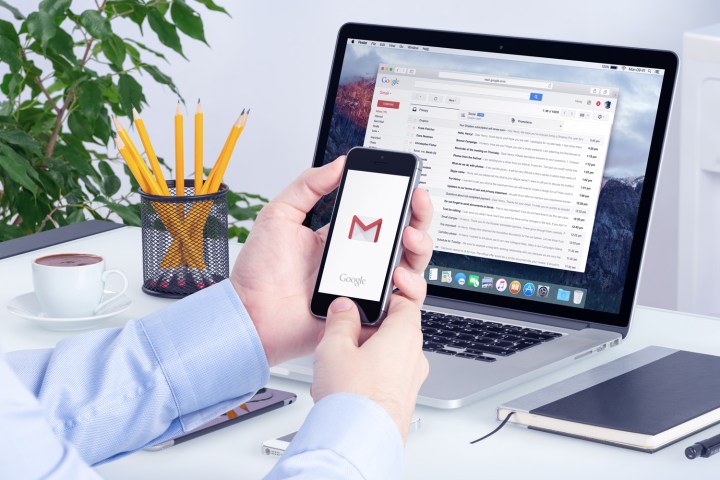
Here’s the rundown: In the coming weeks, both Gmail and Inbox, Gmail’s task-oriented spinoff client, will see a “responsive” makeover. Email content will adapt to device screens of “all sizes” — that is to say, the hyperlinks, buttons, and text in emails will automatically resize to the width of the screen on which they’re being read. And in tandem, developers will gain tools that’ll ensure “messages [are] formatted the way [they were] intended.” Email senders will be able to account for the width, orientation, and resolution of screens — a message might format tightly when, say, viewed vertically on a smartphone, but take advantage of the real estate afforded by a big-screened laptop — and even dictate characteristics like colors by device type.
“These changes will make your email experience as comfortable and intuitive as possible,” Piere Vollucci, Gmail’s product manager, wrote in a blog post. “And as responsive design becomes more common, you’ll continue to see emails that fit better on all your screens and devices.”
The update’s due out for mobile devices in the coming weeks, Google said. After that, it’s bound for Gmail on the Web.

Responsive design is not a recent trend, but it’s one that’s picked up steam in recent years. The use of responsive email design increased to 50 percent in June of this year, according to a Salesforce survey. That uptick’s not surprising — a 2014 study on the relative efficacy of email click-through rate found that responsive design results, on average, in a 30 percent higher for the click rate than emails with nonresponsive designs.
Support for responsive designs is the second formatting-focused update Gmail’s received over the past few months. In February, the client on Android and iOS gained rich text formatting options — e.g., bold, italics, underline, and colored text — alongside the ability to instantly RSVP for Google Calendar and Microsoft Exchange events.


